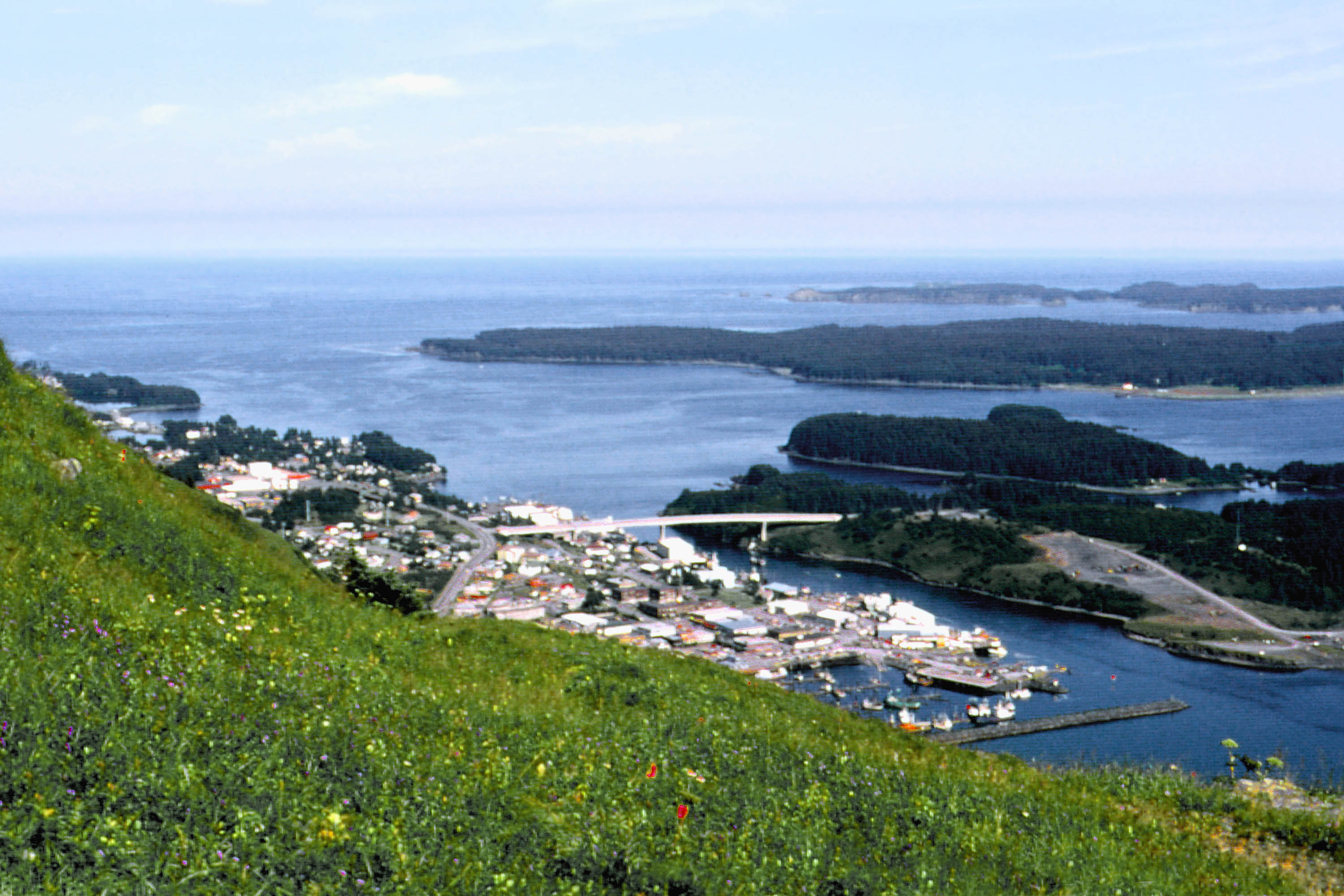
It’s been a dry summer for Kodiak, which has left the Monashka reservoir on Kodiak Island low.
According to Rick Thoman, the climate science and services manager for the Alaska region of the National Weather Service, it’s one of the driest seasons in Kodiak history.
“Kodiak since June 1 has received just over 10 inches of rain. That’s just about half of normal for that time and is the second lowest of record … the only reliable warm kind of time of year was 1941 when there was less than 8 inches of rain through June through September,” Thoman said.
Thoman says areas of Southcentral Alaska were dry during part of the summer but have rebounded in September. In fact, he says this month is Anchorage’s fourth wettest September. But Kodiak remains dry.
Kodiak city public works director Mark Kozak says the lack of snowfall last winter has also contributed to the lowered reservoir. He says Kodiak has consumed a little over half its capacity — although that capacity is still more than it was in the early 2000s.
“In 2003, we raised the Monashka reservoir and at that time, it pretty much doubled our capacity, so we’re now slightly below the level of the old reservoir, which the city used from 1982 to 2003, and we’re 3 feet below that old reservoir if it were full,” Kozak said.
Kozak says both the community at large and its seafood processors rely on the Monashka reservoir as a water source.
“When the processors aren’t using water, our daily consumption is about 2 million gallons a day, but when they’re processing here prior to the middle of last week, as a community we were averaging between 7.7 and 8.3 million a day,” Kozak said.
He says at a meeting Friday, the processors agreed to limit their water usage where they can.
“They’ll do all the careful monitoring of excess water usage and turn things off and that, and what we really want to be able to do is support the processing industry so that everybody’s still working and the fishermen are working and the process workers,” Kozak said.
The Pollock season opens Oct. 1 and processors are in transition at this point, which also affects the water use. Kozak says they’ll have a better idea of what changes processors have been able to make by the end of the week when they reach full production.
